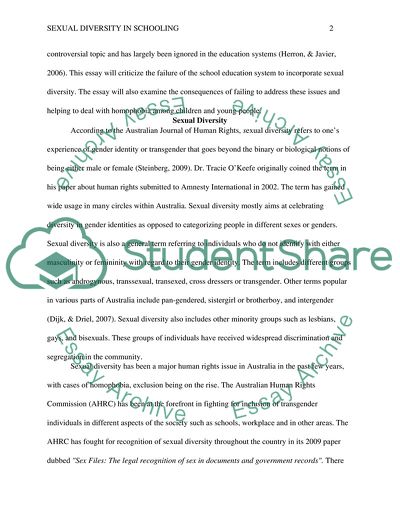Cite this document
(“Sexual diversity in schooling Essay Example | Topics and Well Written Essays - 2000 words”, n.d.)
Retrieved de https://studentshare.org/education/1641391-sexual-diversity-in-schooling
Retrieved de https://studentshare.org/education/1641391-sexual-diversity-in-schooling
(Sexual Diversity in Schooling Essay Example | Topics and Well Written Essays - 2000 Words)
https://studentshare.org/education/1641391-sexual-diversity-in-schooling.
https://studentshare.org/education/1641391-sexual-diversity-in-schooling.
“Sexual Diversity in Schooling Essay Example | Topics and Well Written Essays - 2000 Words”, n.d. https://studentshare.org/education/1641391-sexual-diversity-in-schooling.


